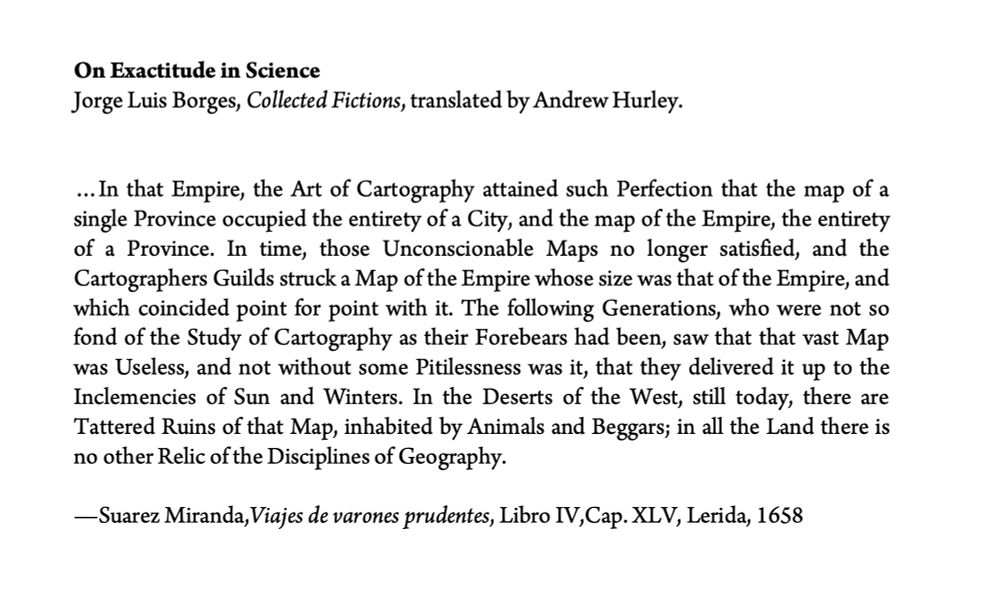
If our experience of reality includes the decay of energy due to radiation, the coordinate system we use should respect that.
If our experience of reality includes the decay of energy due to radiation, the coordinate system we use should respect that.
Energy at spatial infinity is conserved in time, but energy evolving along null infinity decays.
This is a physical observable evaluated at the asymptotic limit in different coordinate systems. But the coordinates are related by singular transformations.
Energy at spatial infinity is conserved in time, but energy evolving along null infinity decays.
This is a physical observable evaluated at the asymptotic limit in different coordinate systems. But the coordinates are related by singular transformations.
Moments of time must be horizon-penetrating if the horizons are at a finite proper distance and hyperboloidal (asymptotically hyperbolic) if they are at infinity.
This also breaks time-reflection symmetry and provides a direction of time.
Moments of time must be horizon-penetrating if the horizons are at a finite proper distance and hyperboloidal (asymptotically hyperbolic) if they are at infinity.
This also breaks time-reflection symmetry and provides a direction of time.
The Schwarzschild "singularity" is due to the wrong definition of time, which assumes synchronization.
The Schwarzschild "singularity" is due to the wrong definition of time, which assumes synchronization.
Our usual definition of time across space implicitly assumes synchronization via two-way communication.
Horizons only allow one-way communication, so time must be adapted to one-way communication.
Our usual definition of time across space implicitly assumes synchronization via two-way communication.
Horizons only allow one-way communication, so time must be adapted to one-way communication.
If we're interested in large-scale phenomena (propagation of waves across large distances, for example), we should consider horizons. We didn't notice them before because they are far away.
If we're interested in large-scale phenomena (propagation of waves across large distances, for example), we should consider horizons. We didn't notice them before because they are far away.
Because of the expansion of space, there is a limiting surface beyond which we can never see. That's the cosmological horizon.
Infinity is another one. You can send radiation to infinity but can never receive it.
Because of the expansion of space, there is a limiting surface beyond which we can never see. That's the cosmological horizon.
Infinity is another one. You can send radiation to infinity but can never receive it.
scholar.google.com/citations?us...
scholar.google.com/citations?us...
How do you construct a natural surface of simultaneity as a distant observer?
Does understanding time give us a hint about the quantum nature of gravity?
How do you construct a natural surface of simultaneity as a distant observer?
Does understanding time give us a hint about the quantum nature of gravity?
Even experts sometimes confuse the map with the territory.


Even experts sometimes confuse the map with the territory.


